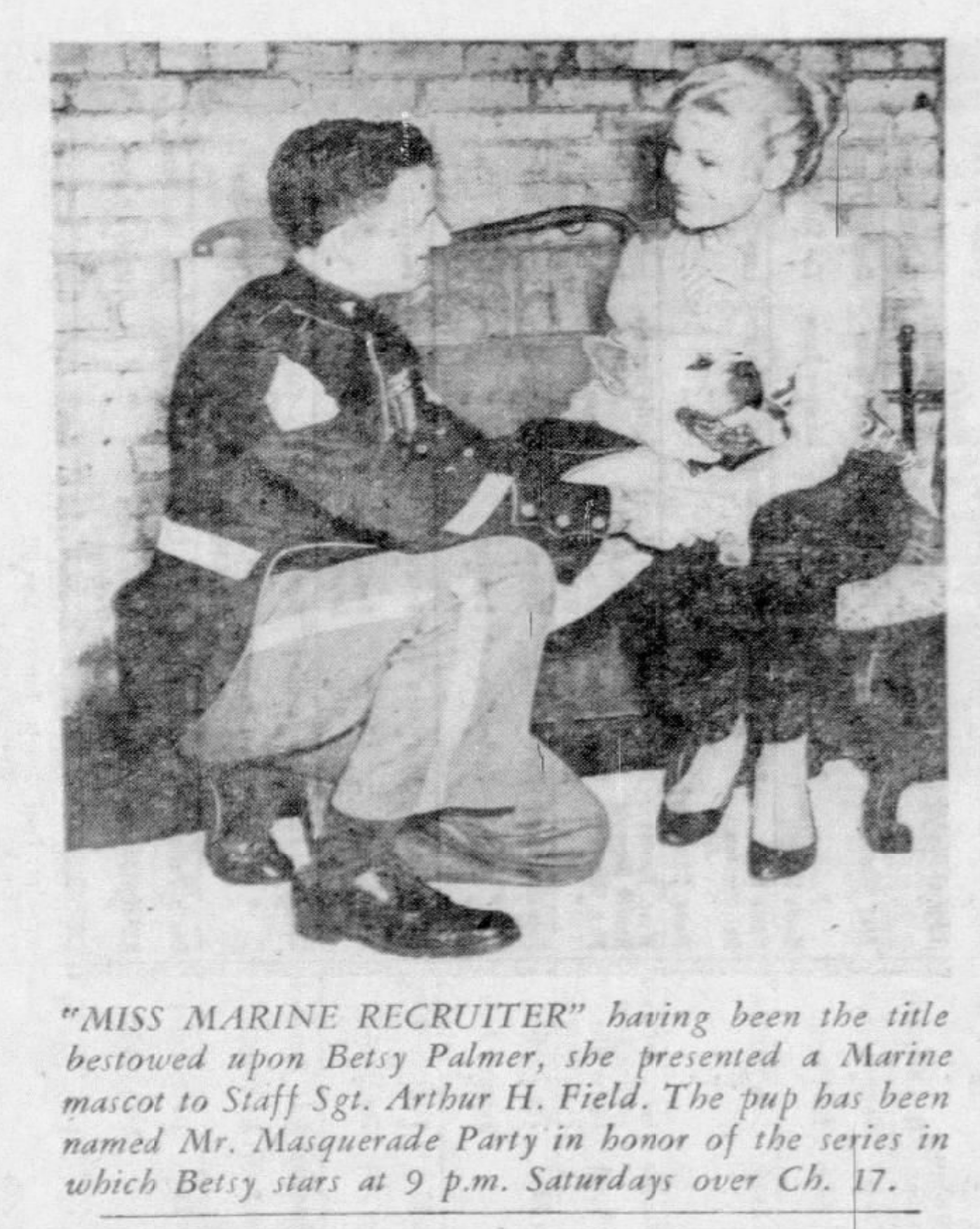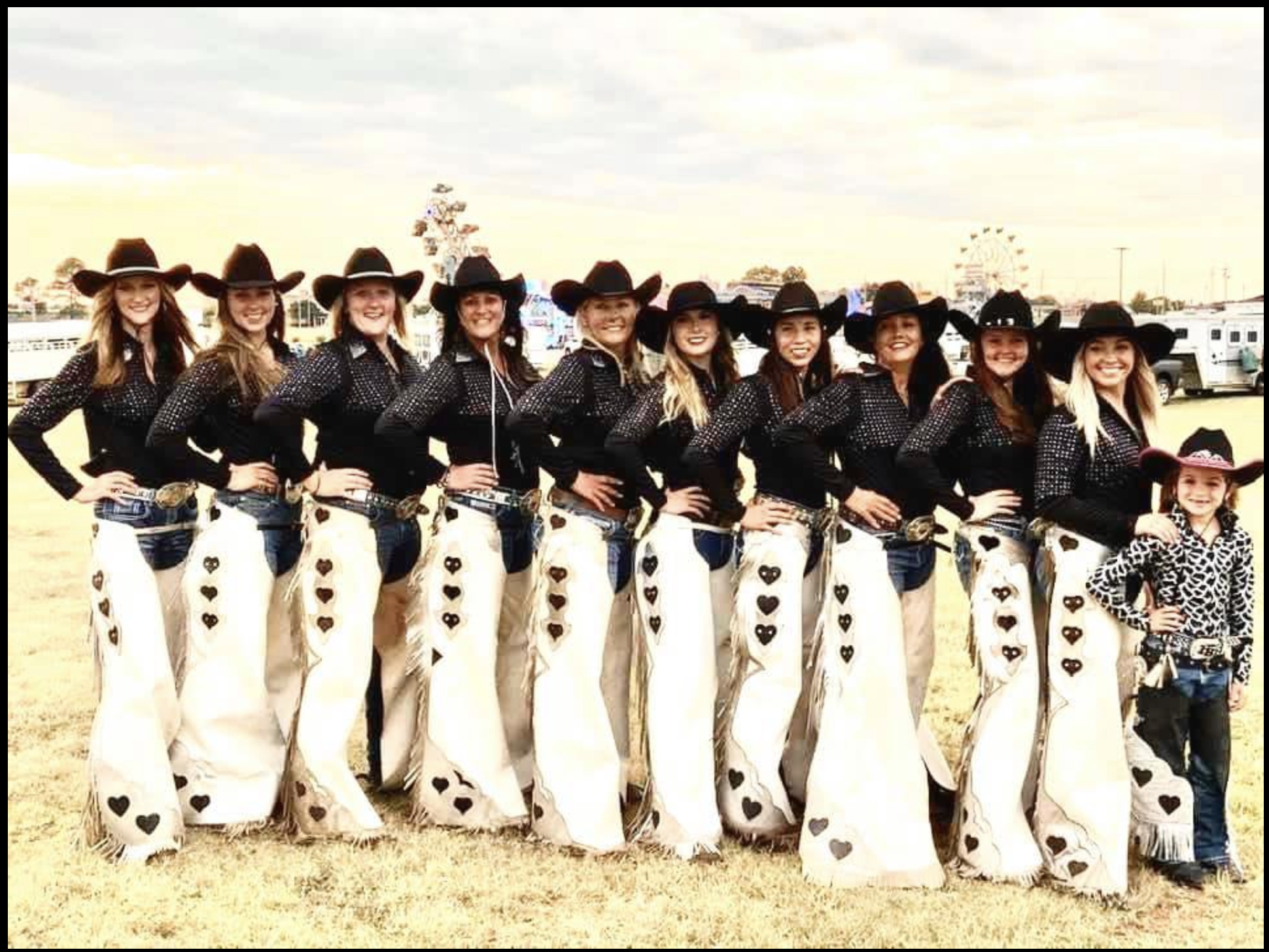July 2023
July 6, 2023
Naked women lure soldiers to death
1970: A strange "military-psychoerotic" stratagem was reported from Cambodia.Apparently there was less concern about the soldiers succumbing to the lure of the women, and more fear that the naked women would render useless the Buddhist talismans that (so the soldiers believed) made them bulletproof.

Sydney Morning Herald - Sep 6, 1970
Posted By: Alex - Thu Jul 06, 2023 -
Comments (0)
Category: Military, War, Nudism and Nudists, 1970s
Miss Marine Recruiter
The earliest instance I find is 1952; the latest, 1974.Here's one gal from each decade--with a bonus dog!






Posted By: Paul - Thu Jul 06, 2023 -
Comments (4)
Category: Awards, Prizes, Competitions and Contests, Beauty, Ugliness and Other Aesthetic Issues, Propaganda, Thought Control and Brainwashing, 1950s, 1960s, 1970s, Armed Forces
July 5, 2023
Aleck the deluded gander
Details from Life magazine (May 18, 1953):
I haven't been able to find any info about what became of Aleck after the Life article made him famous. How long did he live? According to google, geese in captivity can sometimes live for as long as 40 years. So Aleck might have been standing guard by that oil drum for many years.
Posted By: Alex - Wed Jul 05, 2023 -
Comments (0)
Category: Animals, Husbands, Marriage, 1950s
Ford: The Going Thing
Posted By: Paul - Wed Jul 05, 2023 -
Comments (0)
Category: Music, Advertising, 1960s, Cars
July 4, 2023
Living Fireworks
Asbestos suits filled with fireworks.Have a happy and safe Fourth of July!

Popular Science Monthly - May 1926
Posted By: Alex - Tue Jul 04, 2023 -
Comments (0)
Category: Fireworks and Pyrotechnics, Holidays
Happy Fourth of July 2023!

Posted By: Paul - Tue Jul 04, 2023 -
Comments (0)
Category: Games, Holidays, North America
July 3, 2023
British Rail’s Train Safety Experiment
Jan 1993: In order to find out how close workers could safely stand by the tracks while the new high-speed trains were going by, British Rail announced it would conduct an unusual experiment. It would tether employees to wooden posts located around six feet from the tracks and then measure the force of the slipstream on them as the trains went by at 140 mph.Although members of the public weren't invited to participate in the experiment, about 50 of them volunteered to be guinea pigs anyway.

Sunday London Telegraph - Jan 31, 1993
It was difficult to find out the results of the experiment, but after some digging I located a postscript printed in the Magazine of the Pennine Railway Society. The test never took place. Faced with widespread criticism, British Rail's Health and Safety Executive cancelled it.
Barmy BR proposed to tether workers to trackside posts as high-speed trains thundered past at 140mph. Bosses wanted human guinea pigs to stand as close as 6ft 6in to the expresses to test the effect of their slipstream. Rail
union chief Jimmy Knapp branded the idea barmy and suggested BR use Transport Secretary John MacGregor instead.
The workers would have been attached to posts by special harnesses that would allow them to move to the side but not forward. They would have been asked for their reaction after the trains had roared past. The tests would have helped to determine the distances from trains at which staff could work in safety. They would have taken place between York and Darlington.
However the Health and Safety Executive banned the scheme. The tests have been postponed pending further discussions to see how BR could get the information another way.
One disgruntled railwayman described the scheme as harebrained and said he joined BR to drive a flipping engine, not to play flipping bondage games. However a number of civilians have volunteered to take part in the scheme, preferably dressed in leather and chained from head to toe.
The effect when someone stands in the slipstream of a high-speed train is likely to be they'd get sucked under it. If tied to a post perhaps it would suck their boots off, or maybe they'd go blue in the face.
The idea is on a par to that of abolishing the timetable to stop the trains running late.
Posted By: Alex - Mon Jul 03, 2023 -
Comments (2)
Category: Experiments, Trains and Other Vehicles on Rails, Transportation, 1990s
Rodeo Sweetheart
The earliest reference I find to a "Rodeo Sweetheart" is 1929. And the tradition is still flourishing today.To get in the mood for appreciating this longtime contest, you can listen to the classic Byrds album.




Posted By: Paul - Mon Jul 03, 2023 -
Comments (0)
Category: Animals, Awards, Prizes, Competitions and Contests, Beauty, Ugliness and Other Aesthetic Issues, Regionalism, Twentieth Century, Twenty-first Century, Circuses, Carnivals, and Other Traveling Shows
July 2, 2023
An orthopedic appliance to produce permanent smiles
Patented by Josephine Rountree in 1926.I wouldn't call having this thing strapped to your face as "without inconvenience to the user."
Another object of the invention is to provide an appliance which will gradually train the muscles at the corners of the mouth into the position assumed by the act of smiling, without inconvenience to the user.

Posted By: Alex - Sun Jul 02, 2023 -
Comments (5)
Category: Beauty, Ugliness and Other Aesthetic Issues, Patents, 1920s
1960s Weird Go-Go Show
Posted By: Paul - Sun Jul 02, 2023 -
Comments (2)
Category: 1960s, Dance, Attractiveness, Sexiness, Allure and Personal Magnetism
| Get WU Posts by Email | |
|---|---|

| Who We Are |
|---|
| Alex Boese Alex is the creator and curator of the Museum of Hoaxes. He's also the author of various weird, non-fiction books such as Elephants on Acid. Paul Di Filippo Paul has been paid to put weird ideas into fictional form for over thirty years, in his career as a noted science fiction writer. He has recently begun blogging on many curious topics with three fellow writers at The Inferior 4+1. Chuck Shepherd Chuck is the purveyor of News of the Weird, the syndicated column which for decades has set the gold-standard for reporting on oddities and the bizarre. Our banner was drawn by the legendary underground cartoonist Rick Altergott. Contact Us |

